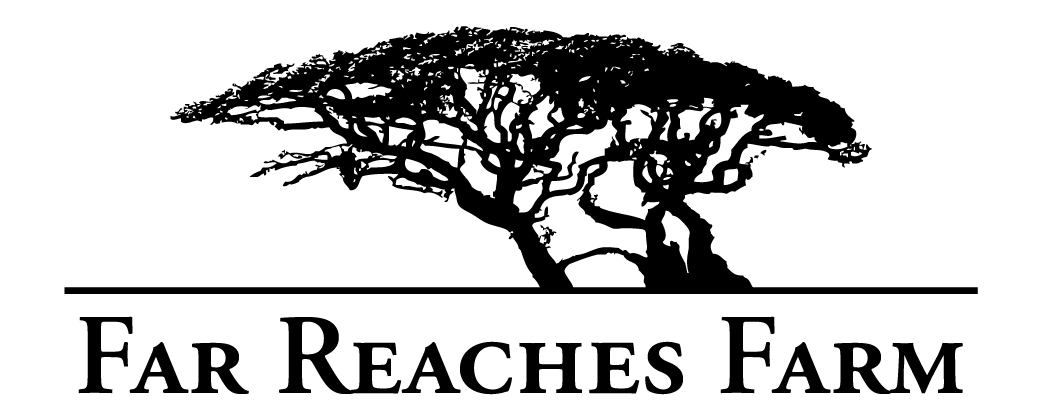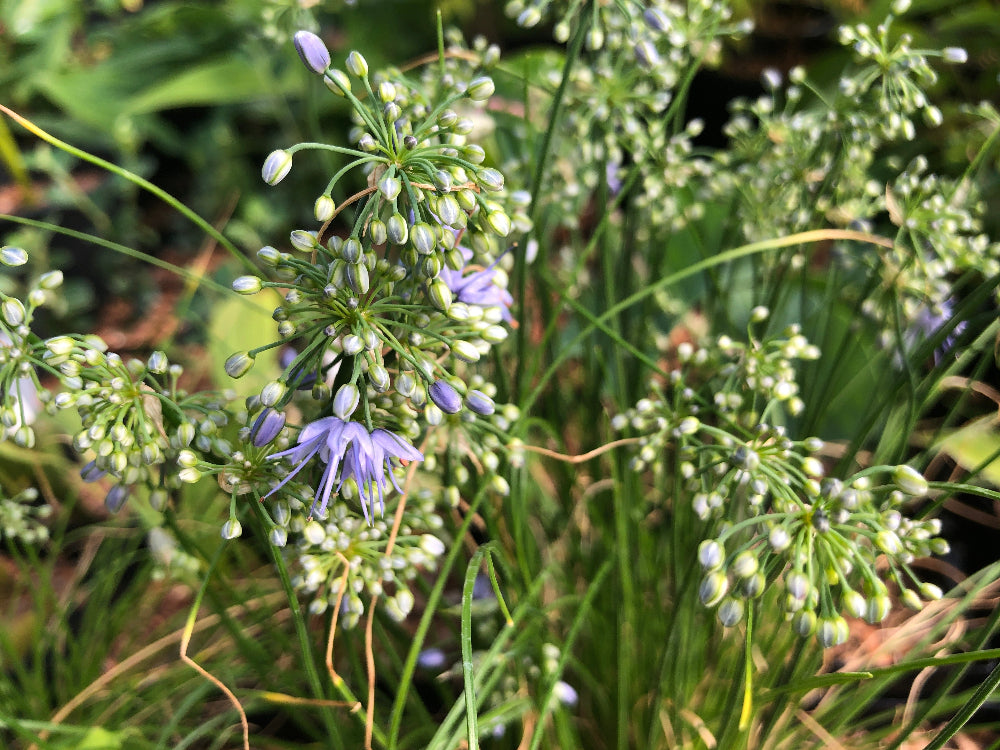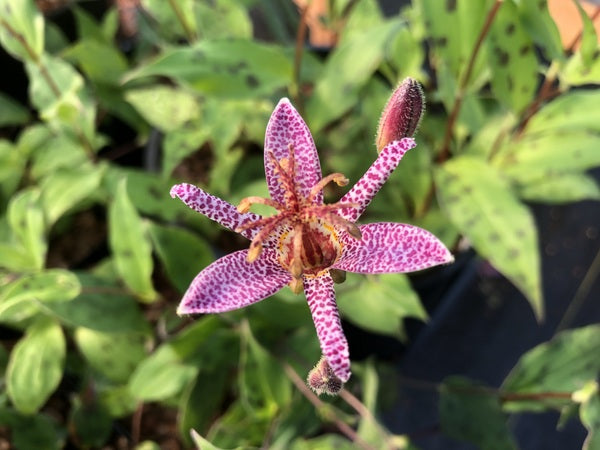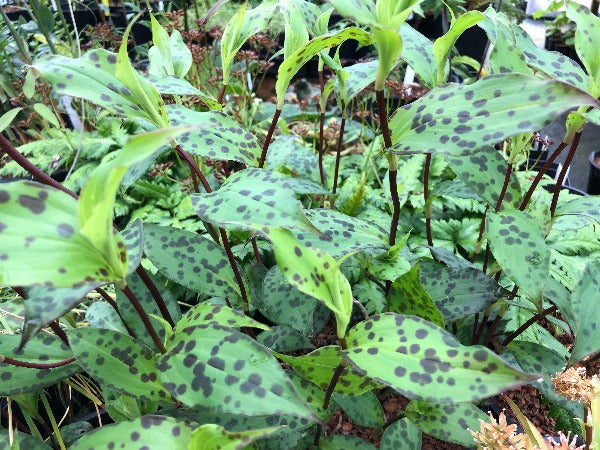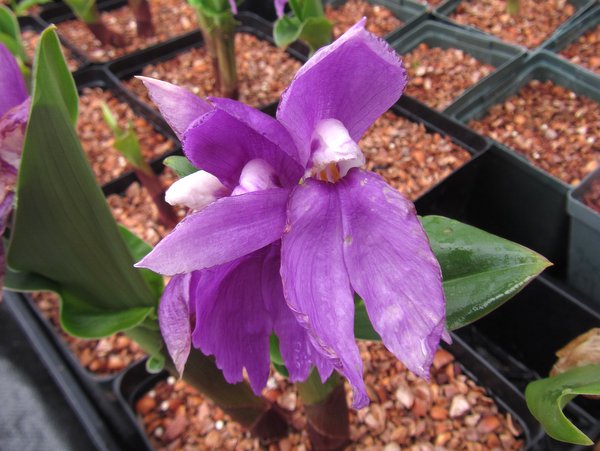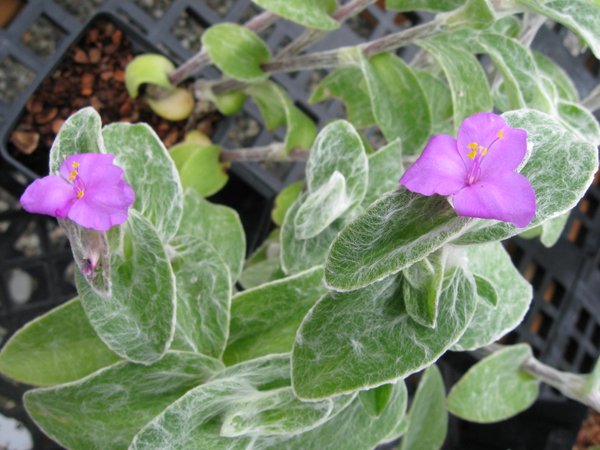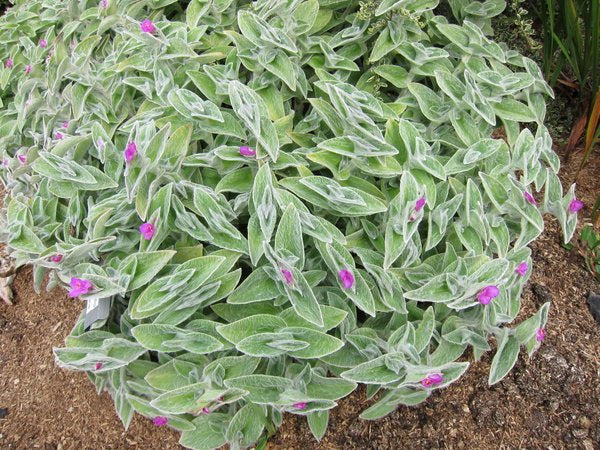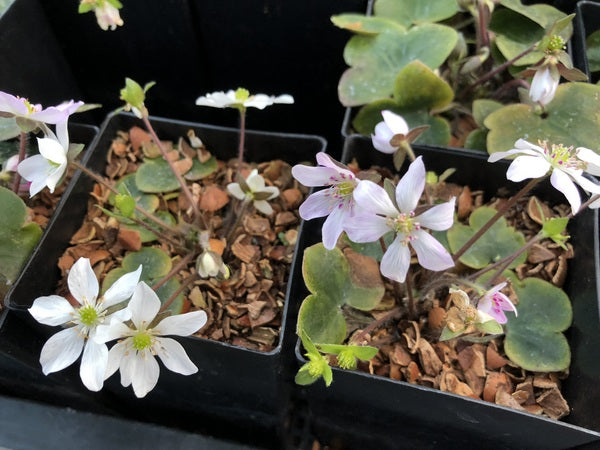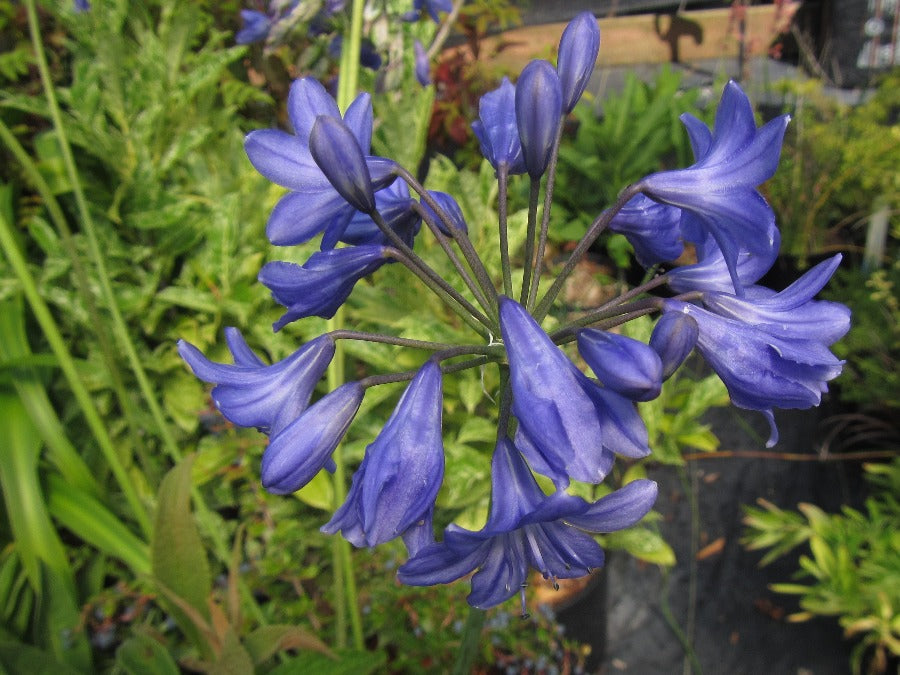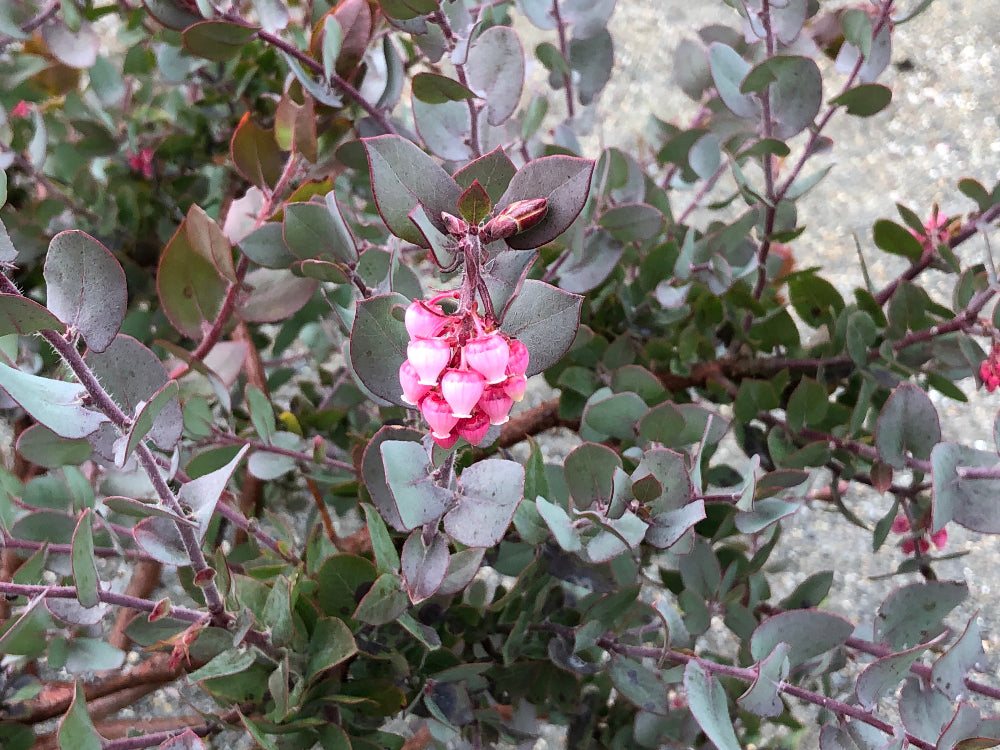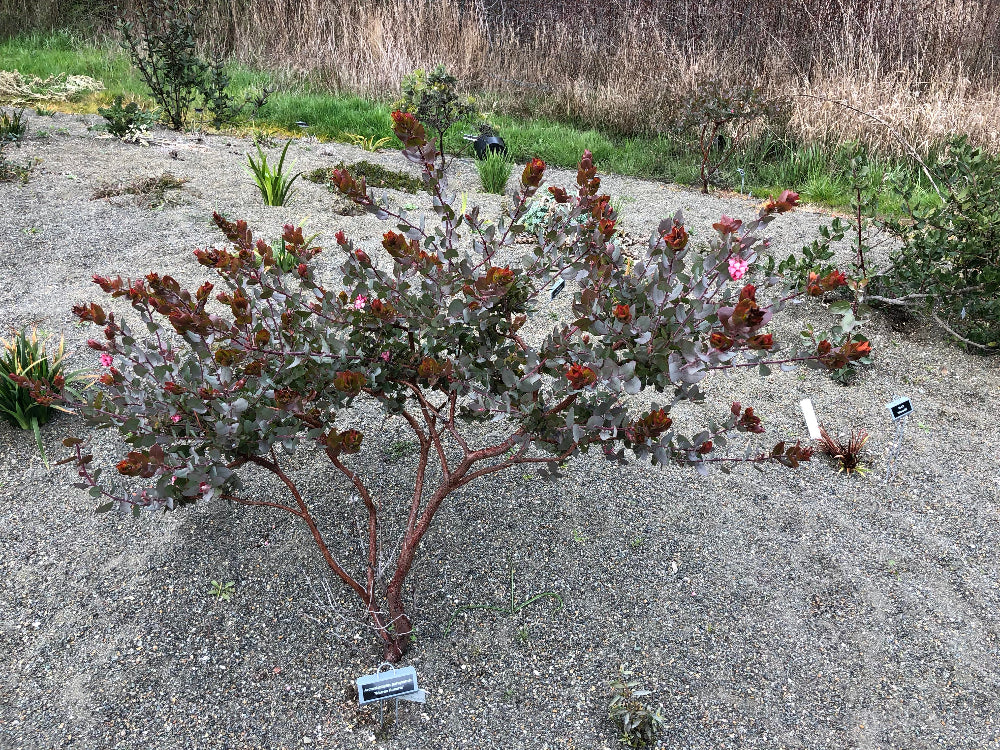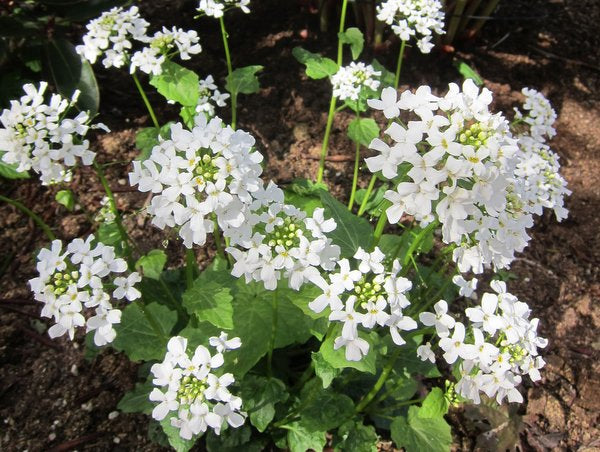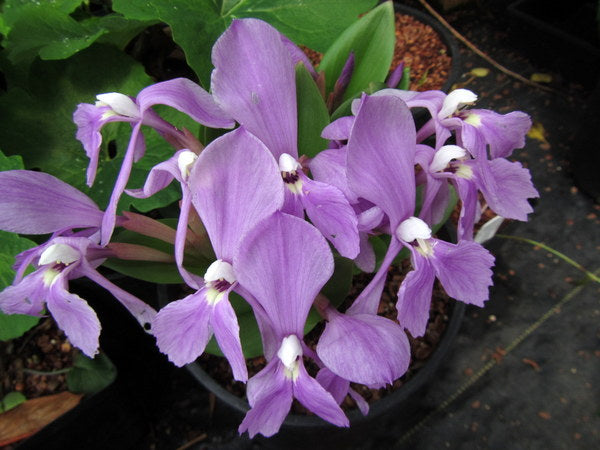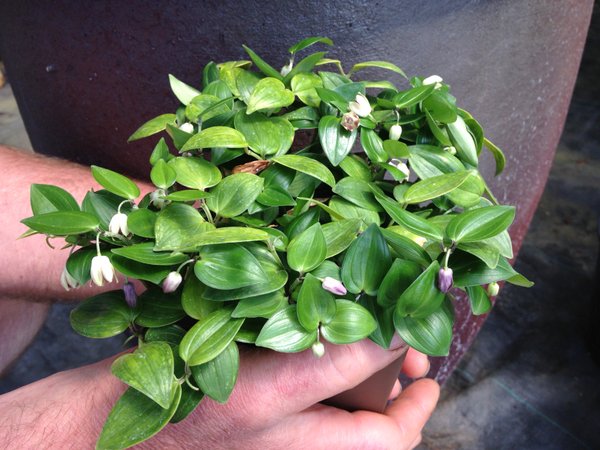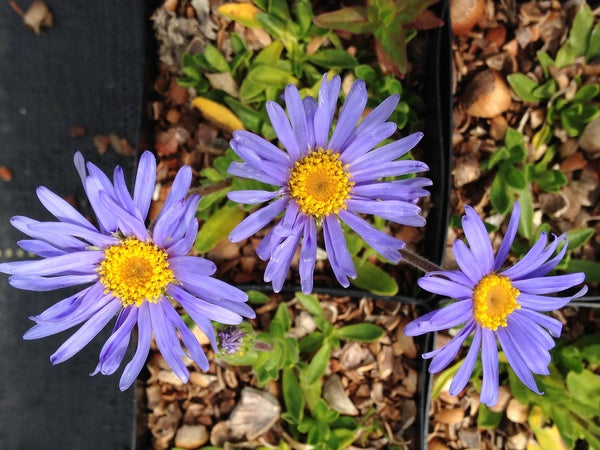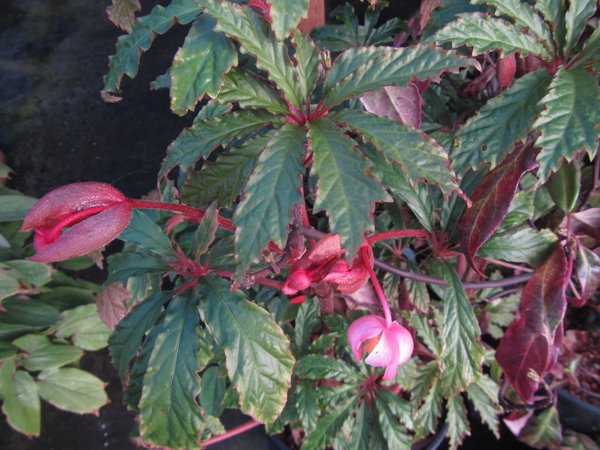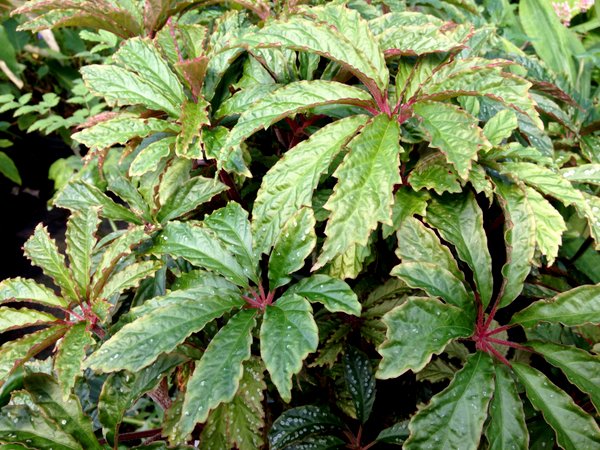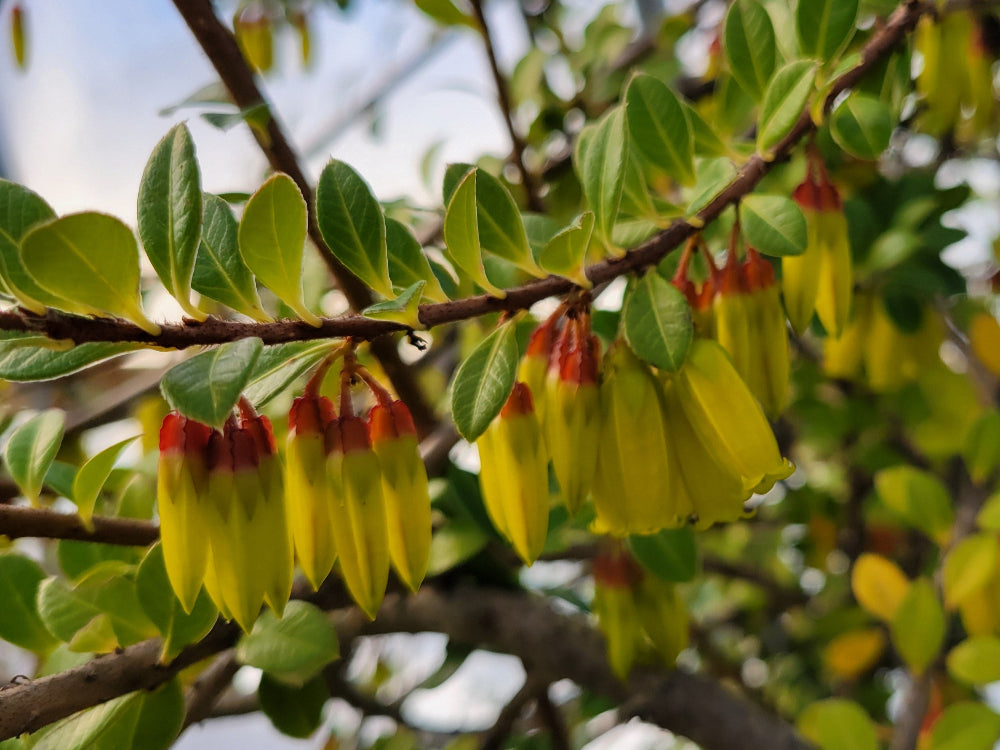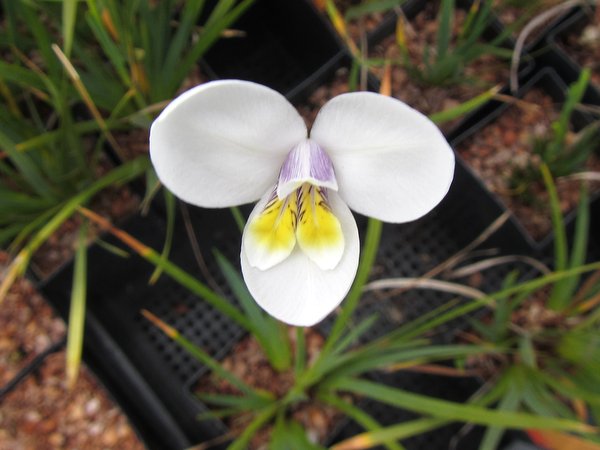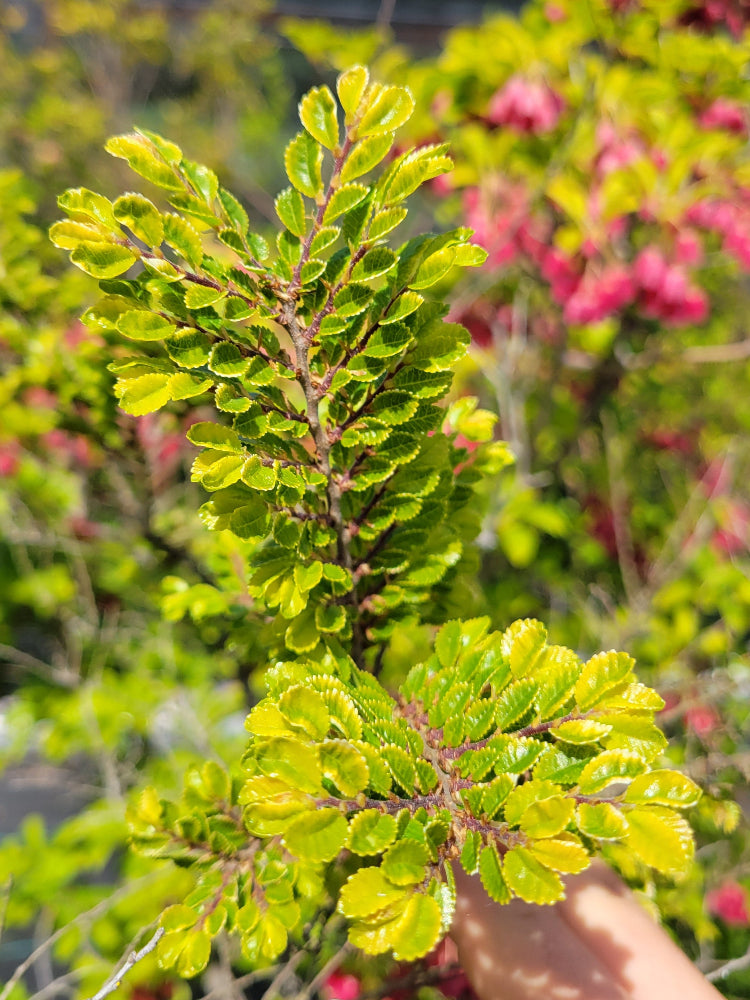Sort by:
1758 products
1758 products
A crisp October morning at 10000’ on the frozen summit of a mountain in Hubei with small copses of Rhododendron oreodoxa var. fargesii huddled together with leaves curled tubular in the cold. The grassy patches among the rock outcrops were brown and sparkling with frost crystals. We were there in search of the wee Allium henryi discovered in this area by Irish plant hunter Augustine Henry in the 1880’s but perhaps not introduced as our research indicated it was dubiously in cultivation if at all. At this point in the season, most herbaceous plants had succumbed to repeated hard frosts and we were left searching for likely maybe could be Allium withered brown foliage and tattered spent seed heads all of 3-4 inches in height. The view was spectacular although until we could claim a seed or two of a dwarf Allium, we could not give its just due. At last we found a scant few small plant remains in a weekly-grassed spot and some equally petite remnants in humus pockets on the flanks of a shaded rock cliff. Less than 10 seeds from each and we could find no more allowing us a moment to soak in the magnificence of lesser mountains marching away before as with precipitous valleys intervening all clad in true firs (Abies fargesii var. fargesii) which was so familiar yet so exotic. We realized this was one of the great vistas and Kelly said “Mom would like this” and from his pack pulled out a Ziploc of said mom’s ashes and gave them a good scattering. So what about those onion seeds? One lot did indeed turn out to be the blue-flowered Allium henryi with flat leaves lined in white underneath while the other, this one, proved to be the thin-leaved and also blue-flowered Allium cyaneum.
This manzanita endemic to a small area of coastal California centered around the Pajaro river valley has taken a few classes in color theory it seems, seasonally doling out perfect color pairings from an elegantly chosen palette. Blue green foliage and dusty red to copper bark provide a beautiful baseline supplemented by pops of bronzey-red new growth and soft pink flowers in the early spring which are particularly long-lasting in this species. Coastal elite indeed.
A very nice Rhody we originally brought over from Borde Hill which has big white flowers touched in pinkish striping and flushed yellowish-green in the throat. And very fragrant as are most of this group. Suited for mild gardens or as a very attractive container plant to bring into the sunroom for winter. A friend grows this well next to their house on Bainbridge.
Fantastic little plant from South Africa which used to be Aster natalensis but is now in the genus Felicia. We got this from a Scottish alpine nursery in Scotland and know of a rock gardener in northern Norway who raves about it. Tight clumps with blue flowers with a yellow button in June-July. Very hardy. First introduced to the US by Far Reaches Farm.
A superior red seedling that arose here and one that is a bit larger than the other large red selections we grow. It was fun to lay out a table of flowers of all the cultivars and our seedlings for comparative evaluation. It was quickly apparent that it is hard not to love red and might as well go big. Just add water, food and sun. The name refers to Anna Massena, Princess d'Esseling and Duchess of Rivoli of France. Her husband was a serious amateur ornithologist with 12,500 bird specimens including an unidentified hummingbird which he had collected along the west coast of North America. This was later named Calypte anna - Anna's Hummingbird. This is a favorite resident here all year and loves the winter flowers in our greenhouses during spates of freezing weather. The males are little emerald green Jack Russell's, flashing a conspicuous Rivoli Red throat patch.
